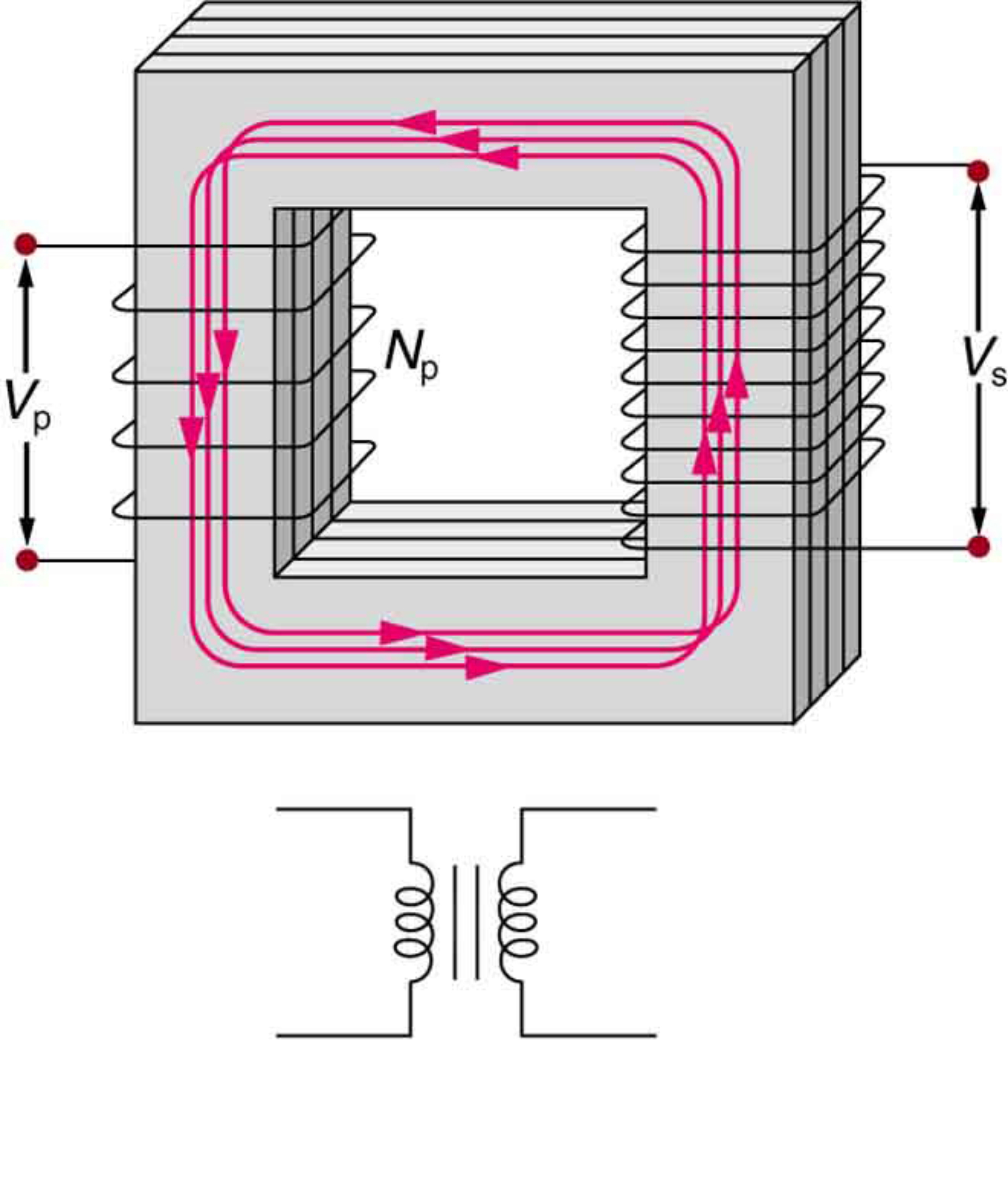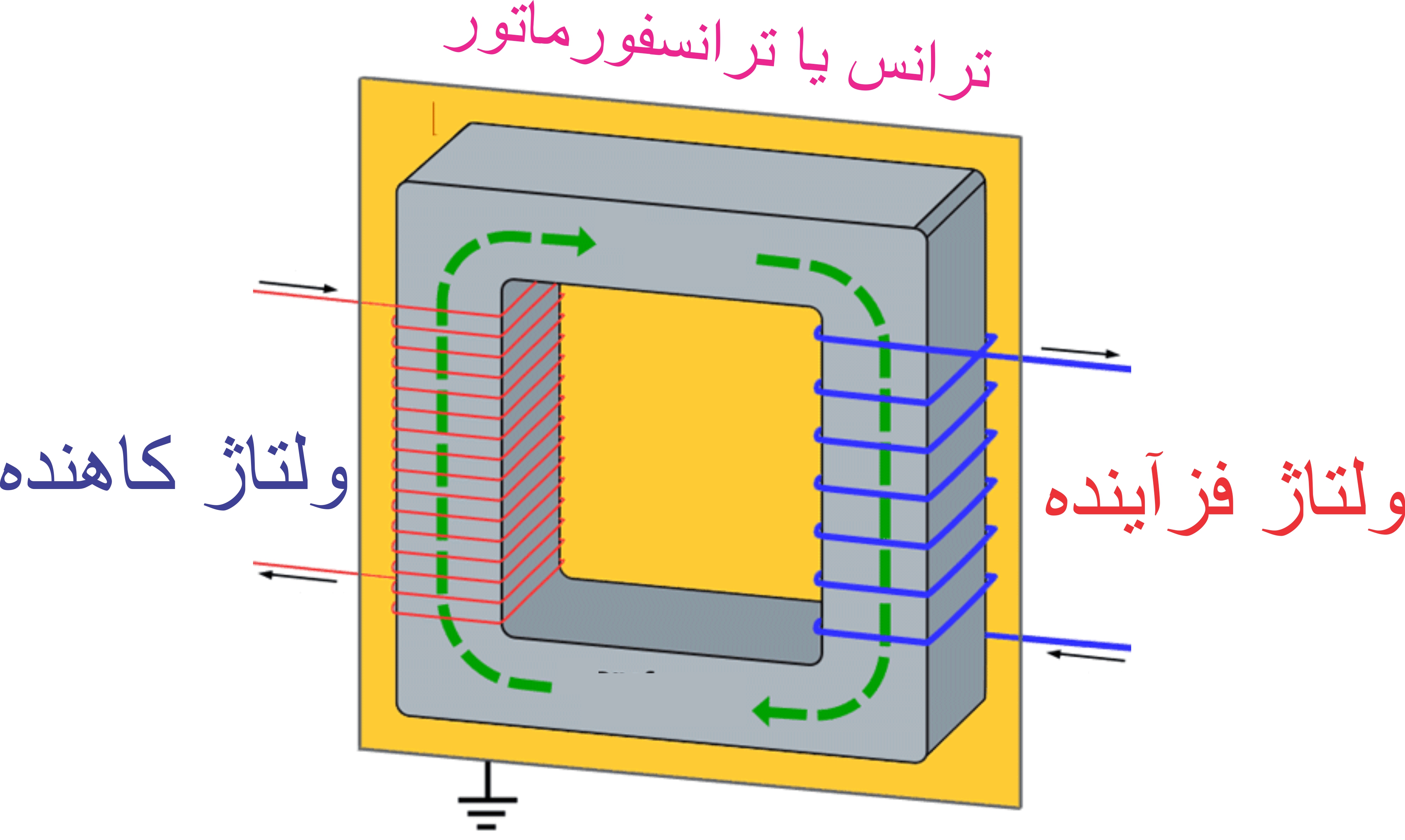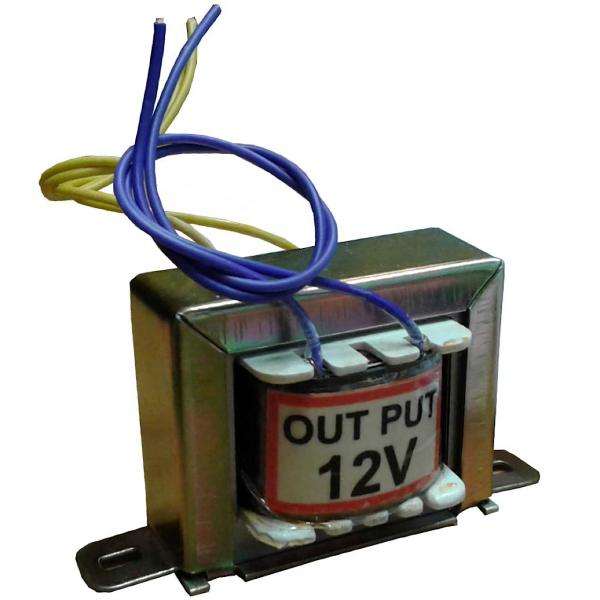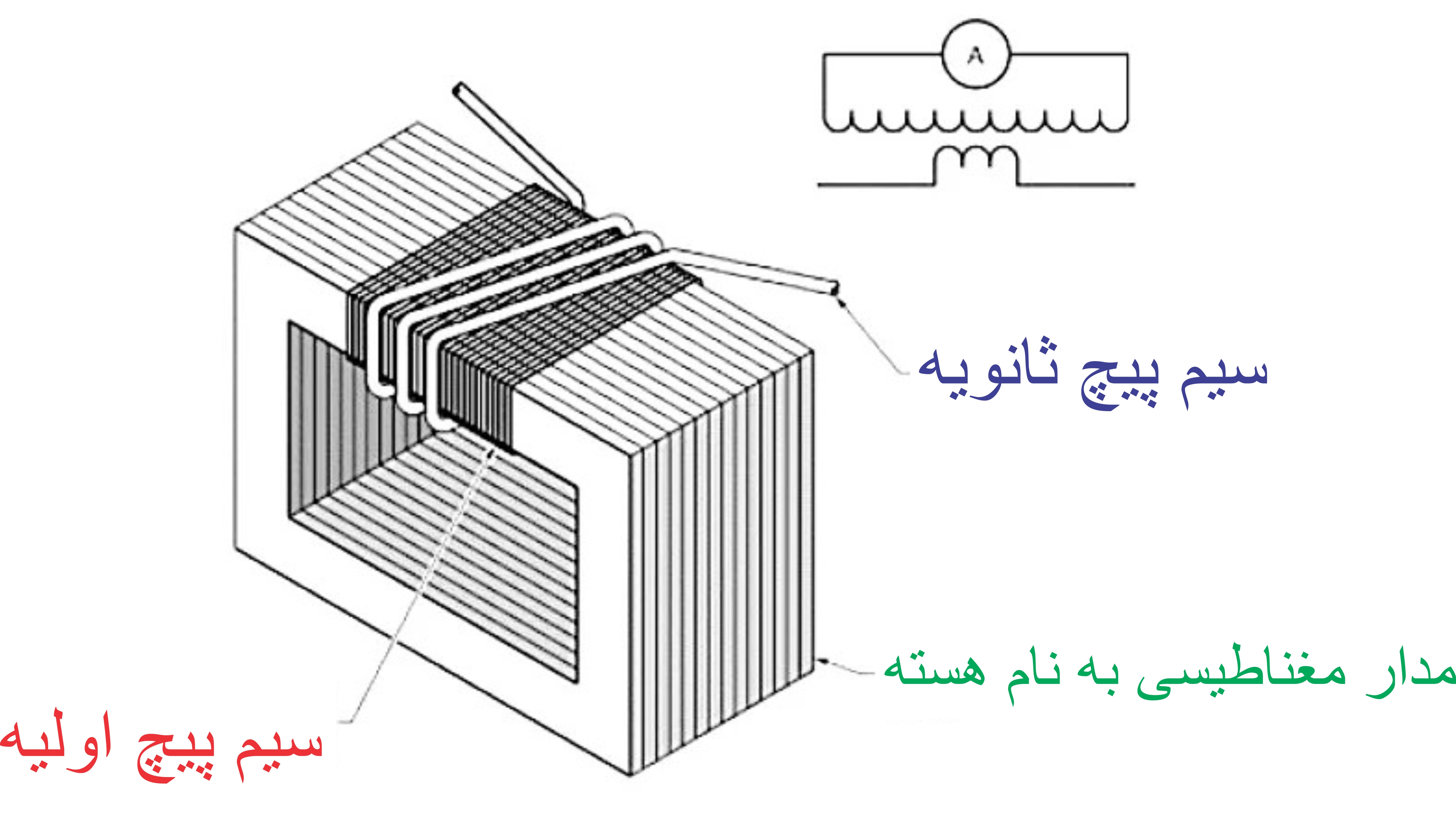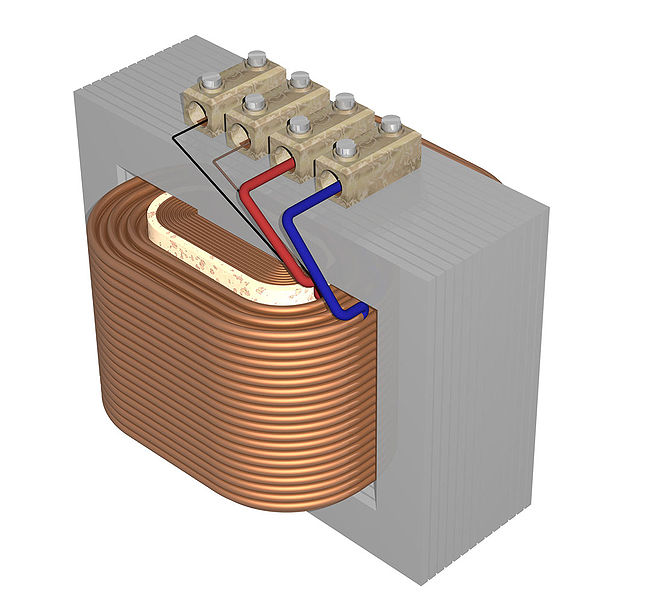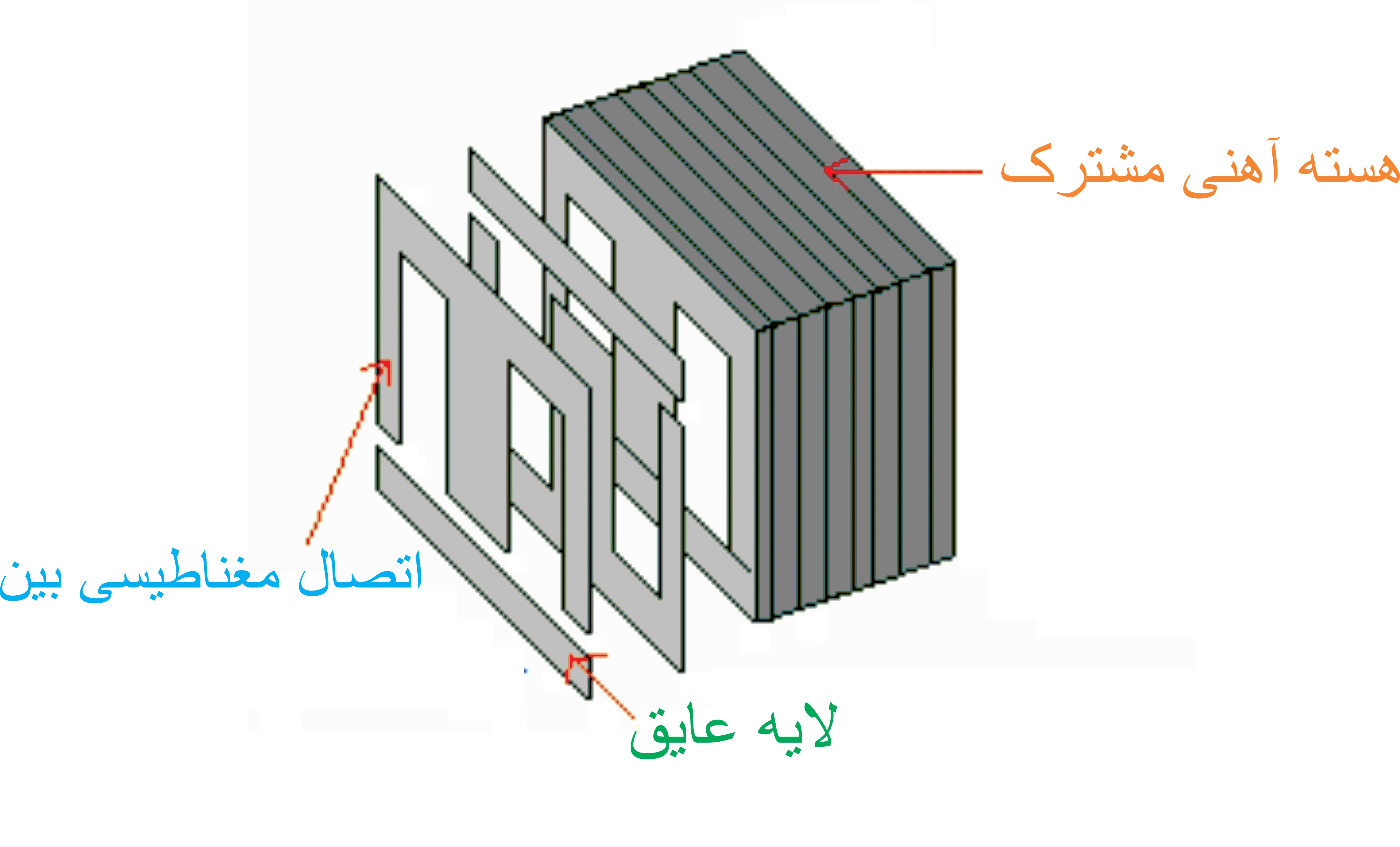_ بخش شناخت ترانسفورماتور Transformator
آشنایی بیشتر با ساختار ترانسفورماتور یا (transformer)(کویل Coil الکترومغناطیسی)
پژوهشگر و نویسنده: دکتر ( افشین رشید)
نکته: ترانسفورماتور Transformer، یک مبدل (تبدیل کننده) ولتاژ است، که بر اساس میدان مغناطیسی کار می کند و از آن در شبکه ها و وسایل الکتریکی و الکترونیکی استفاده می شود. ترانسفورماتور در نوع انرژی الکتریکی تغییری ایجاد نمی کند، ولی مقادیر ولتاژ و جریانی آن را تغییر می دهد.
ترانسفورماتور یا transformer یک المان یا قطعه ای میباشد. که از دو سیم پیچ تشکیل شده که معمولا این سیم ها روی هسته فلزی که جنس های مختلفی دارند پیچیده میشود. سلف ترانس سیم پیچیده در سیم پیچ با هسته یا همان ترانسفورماتور هسته داخلی است. عمدتا transformer برای تبدیل ولتاژ که بر اساس قانون القای الکترومغناطیسی استفاده می شود. کویل الکترو مغناطیسی به طور کلی در مدارهای الکترونیکی با توجه به لنز استفاده می شود. به طور کلی دو یا سه دستگاه بسته ، با دستگاه بسته اولیه و ثانویه از دستگاه بسته شده است.
ترانسفورماتور transformer نیروگاهی اولیه سیم پیچ می شود چند خط قطر نوبت سیم پیچ ثانویه تعداد و قطر خط است متوسط , میانی , است step - down است ؛ ترانسفورماتور transformer مخالف، نوبت اولیه چند خط خوب نوبت دوم چند قطر خطوط ضخیم ، به طور گسترده ای در دستگاه های مختلف الکتریکی استفاده تامین برق مورد استفاده است. ترانسفورماتور از یک هسته قرار دارد. این دو سیم پیچ نسبت به یکدیگر و نسبت به هسته آهنی عایق هستند، یعنی هیچ ارتباط الکتریکی بین آنها برقرار نمی شود. سیم پیچ متصل به منبع ولتاژ » سیم پیچ اولیه « نام دارد. این سیم پیچ، انرژی الکتریکی را تحت جریان دریافت می کند. سیم پیچی که به مصرف کننده متصل است و مصرف کننده ولتاژ می شود (سیم پیچ ثانویه) نامیده می شود. این سیم پیچ، انرژی الکتریکی را به مصرف کننده می دهد.
بر بورد های الکترونیکی و در مدارات الکترونیکی قطعه ترانسفورماتور وسیله ای است که انرژی الکتریکی را به وسیلهٔ دو یا چند سیم پیچ و از طریق القای الکتریکی از یک مدار به مداری دیگر منتقل میکند. به این صورت که جریان جاری در مدار اول (اولیهٔ ترانسفورماتور) موجب به وجود آمدن یک میدان مغناطیسی در اطراف سیم پیچ اول میشود، این میدان مغناطیسی به نوبهٔ خود موجب به وجود آمدن یک ولتاژ در مدار دوم می شود که با اضافه کردن یک بار به مدار دوم این ولتاژ میتواند به ایجاد یک جریان ثانویه بینجامد.
پژوهشگر و نویسنده: دکتر ( افشین رشید)
دکترایِ تخصصی نانو _ میکرو الکترونیک




